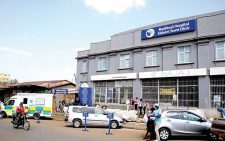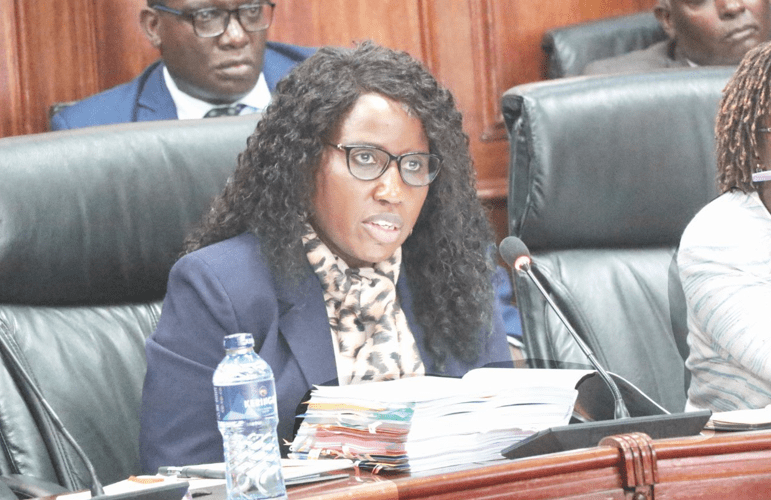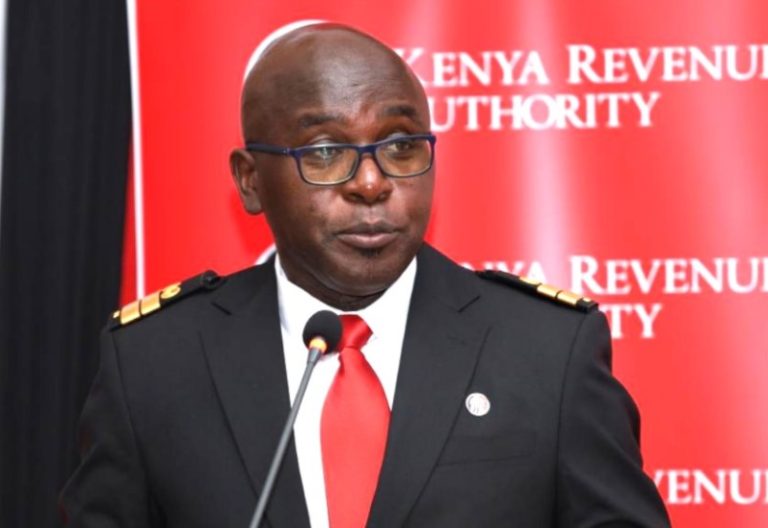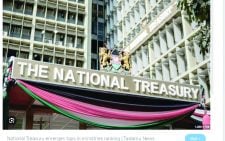Kenya, Ethiopia agree on seeking railway financier

Kenya and Ethiopia are jointly searching for a financier to actualise the dreams of a high-speed electric train in a move that can spur growth between the two countries.
The deal which is one of the big-ticket projects linking the two countries could potentially transform transportation and boost economic growth in the North Eastern region.
The electric railway from Lamu to Isiolo, Juba and Ethiopia by 2025 is estimated to cost a staggering $13.8 billion (Sh1.99 trillion) and will cover a distance of 3,000 kilometres, linking major cities and fostering regional connectivity, according to the Lapsset Corridor Development Authority.
“With a projected Internal Rate of Return greater than 12 per cent, the project is deemed viable,” the Authority told Bloomberg. The proposed standard-gauge railway system is set to begin construction in 2025 and promises to stretch from the coastal town of Lamu, traverse through Isiolo, and then branch into three different directions, connecting Addis Ababa, Juba, and Nairobi.
Kipchumba Murkomen, Transport Cabinet Secretary early this month disclosed that Kenya had signed a deal to connect the Standard Gauge Railway with Ethiopia.
Murkomen, who made the announcement after holding bilateral talks with his Ethiopian counterpart, Alemu Sime, stated that the SGR would extend from Lamu to Moyale via Isiolo to Addis Ababa.
Kenya and Uganda have also agreed to extend the SGR from Naivasha to Kampala and search for financiers together. These strategic moves not only position Kenya as a central hub but also reinforce its commitment to enhancing infrastructure for the overall development of the continent.
This high-speed electric railway holds the promise of reducing travel time significantly in the region while promoting sustainable modes of transportation.
It will be among the most expensive projects in the history of the country, even as Kenya is expected to experience the heaviest debt service burden in history next year. Known for its efficiency and eco-friendliness, the electric rail system is expected to contribute to a reduction in carbon emissions, aligning with global efforts to combat climate change.
To initiate the project, Kenya is seeking financial support from various sources, including an investment of $9 million for detailed feasibility studies.
These studies will play a crucial role in assessing the technical, economic, and environmental viability of the project.
Notably, the African Union Infrastructure Fund is a key contributor to this initial stage, showcasing the collaborative efforts of African nations to uplift their infrastructure and promote regional development. The multi-directional branches of the railway hold immense potential for fostering economic growth and trade in East Africa.
The connection to Addis Ababa, the capital of Ethiopia, is poised to enhance trade relations between the two nations, reducing transport costs and increasing efficiency while the link to Juba, the capital of South Sudan, opens doors for improved accessibility and trade facilitation.
It is expected that the onnection to Nairobi will further cements Kenya’s status as a regional economic powerhouse.
Reviving the Lapsset project will benefit having a faster route to Ethiopia from Lamu meaning Kenya’s recently completed three berths $400 million new Lamu Port will get a new lease of life as the favourable import port for southern Ethiopia.
In addition to its economic benefits, the high-speed electric railway is expected to create numerous job opportunities throughout its construction and operational phases. The project’s implementation will require a skilled workforce, offering employment opportunities across various sectors, from engineering and construction to operations and maintenance.
The news came after Uganda accepted to construct an SGR link to Malaba from Kampala making Kenya’s Naivasha to Malaba link also viable. Completing the SGR link to Malaba and the Lamu rail link to Ethiopia could increase Kenya’s debt burden by over $20 billion.
The success of the high-speed electric railway project could pave the way for similar initiatives across the continent, sparking a new era of connectivity, sustainable development, and economic prosperity for Africa as a whole.












